Notable: Late October 2025
Two aged Spring Mountain Cabs, a biodynamic Chablis, a favorite Etna Rosato, and “The Best Rosé in the World”
Welcome back to Notable, where twice a month I highlight salient wines from recent tastings.
As the weather cools in New England, I’m rummaging my cellar and sample rack for wines with structure and depth. I have a lot of California Cabs to taste! But today there’s also news of a Chablis and two pink wines, because summer is not so far behind.
Chablis and memories
Jean-Marc Brocard Vieilles Vignes V.V.46 Chablis 2023
In July 2014, during on a brief holiday in Chablis with my husband, I booked a tasting at Jean-Marc Brocard. We arrived at the appointed time of 10:00 a.m. thinking we’d be wrapped by lunch. No dice. Our guide, Sebastien, toured us around the cellars before leading us through a tasting of twenty Village, Premier Cru, and Grand Cru wines. Then we moved to the dining room to enjoy a luncheon with the principals and other guests. After coffee, we squeezed into Sebastien’s tiny car and toured the rain-soaked Grand Cru vineyards, stopping at an ancient stone farmhouse where Brocard produces their biodynamic preparations. En route back to the winery, Sebastien ducked into a pastry shop, emerging to thrust nine perfect macarons into our astonished hands.
Later at our diminutive rental apartment, exhausted, we ravaged the macarons like feral beasts.
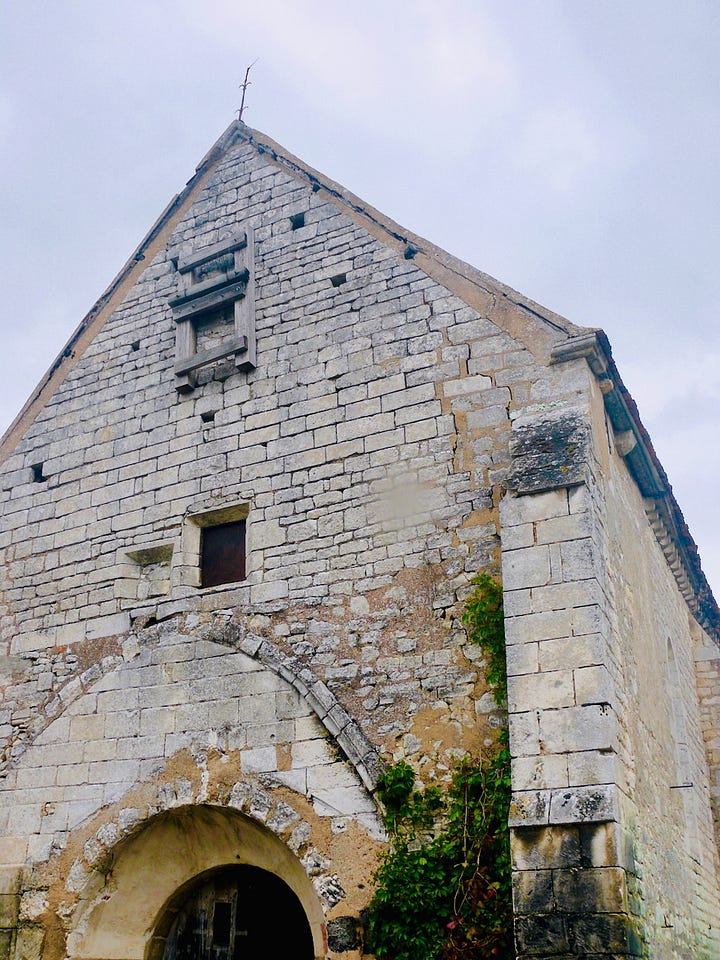
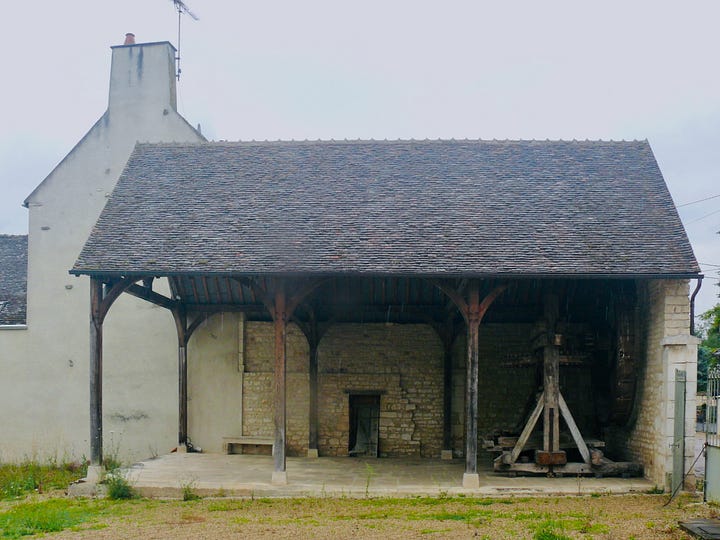
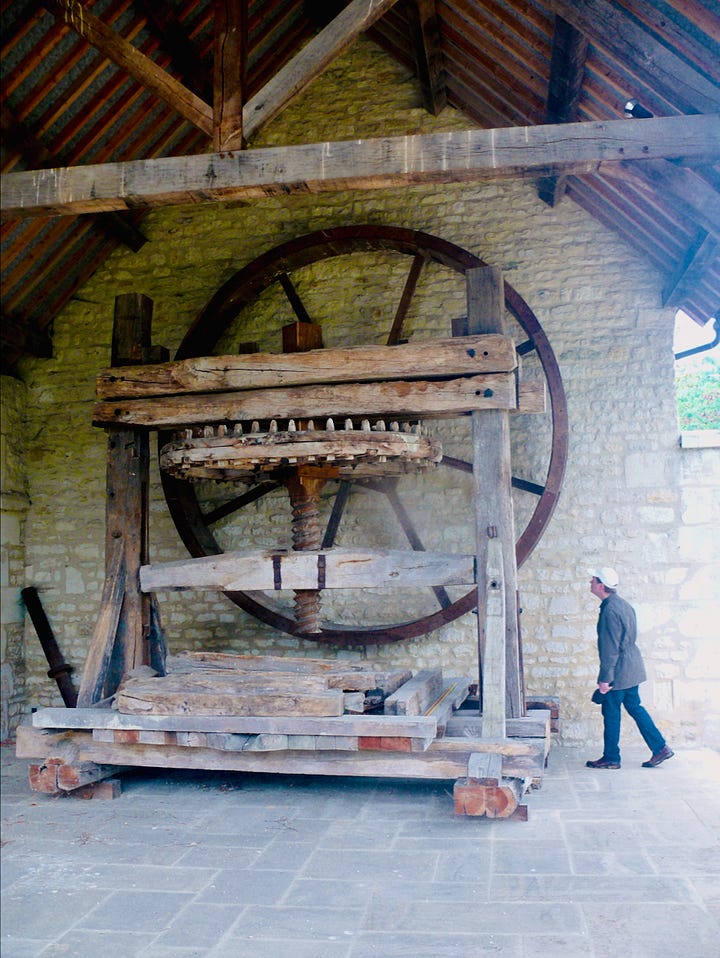
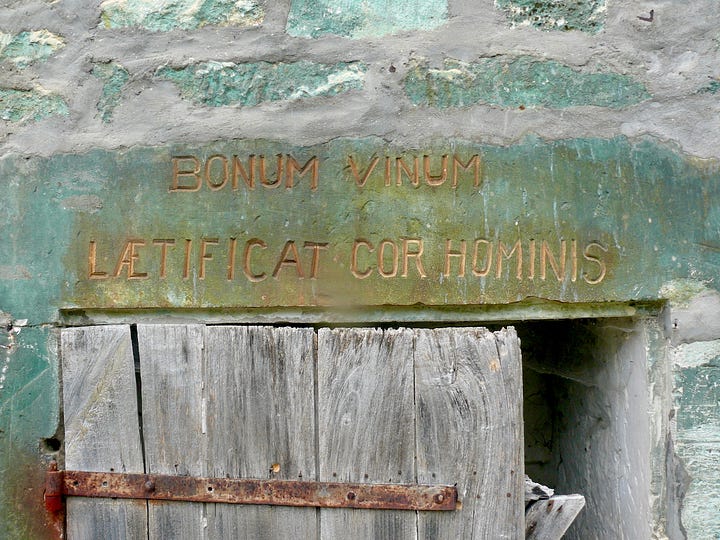
At lunch I’d been seated across from Julien Brocard, son of founder Jean-Marc and current head of operations. We talked about the vintage and the weather. I’d just learned the French word for hail, grêle, which was on every Burgundian’s mind that week. I also asked about the company’s embrace of biodynamics. I’m a long-time organic grower but dubious about the mystical elements of biodynamic practice. Apparently, so was Julien’s father, Jean-Marc. Nonetheless, two decades ago he’d granted Julien an experimental plot to tinker and to learn.
“Biodynamics is the Taoism of agriculture,” Julien told me (not exactly assuaging my doubts). “With conventional practice, you just erase the consequences of the disease. The main thing is to reach a balance between animals, vines, birds, insects—everything.” He said he’d seen an increase in the number of swallows in the vineyard, for instance, along with a marked difference in the quality of the soils and vineyard biota. “If the plants grow in harmony, you’ll feel it in the wine. You feel lively—the energy of nature. You feel it in your mouth.”
Coda: In 2023 we opened a bottle we’d brought back from our visit to Brocard, the Chablis Vau de Vey 2011. Find my notes on that wine (and more photos) here.
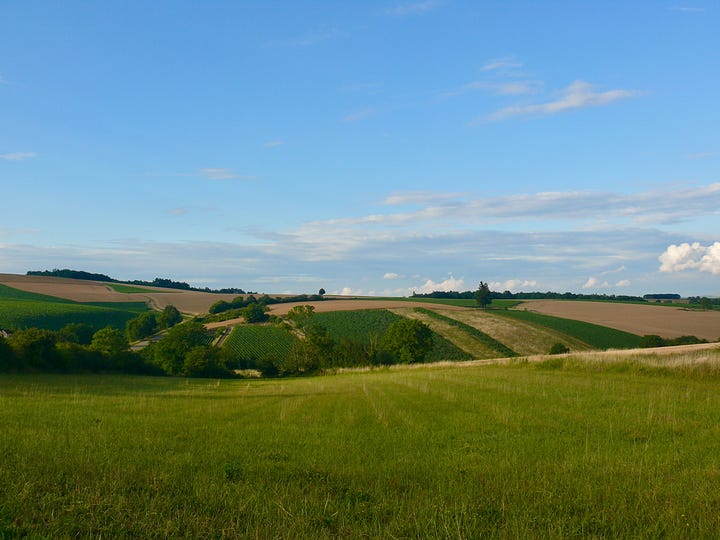
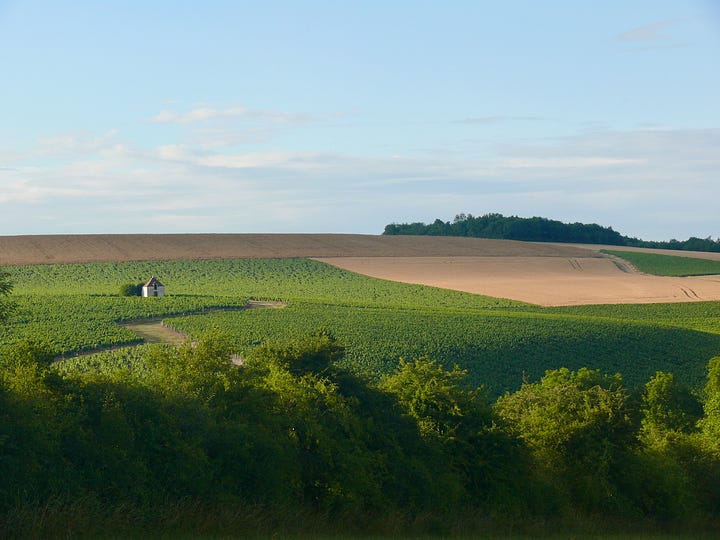
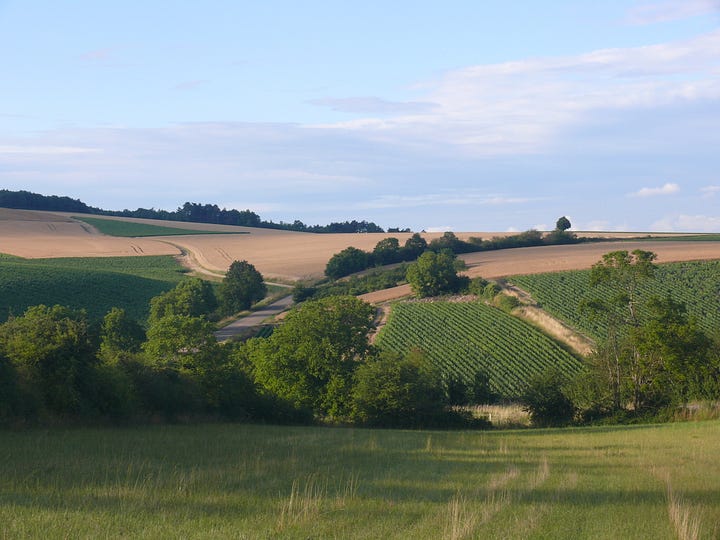
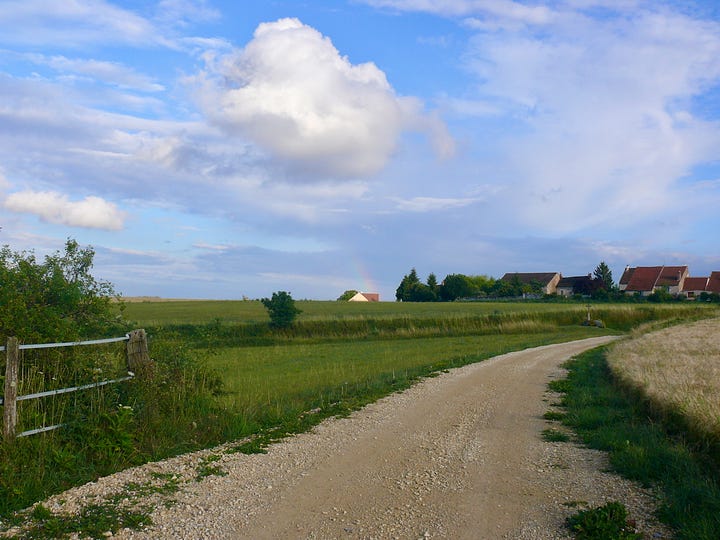
The Chardonnay for the Brocard Vieilles Vignes V.V.46 Chablis comes from old vines (vieilles vignes) planted in 1946. Fruit was vinified with ambient cultures with temperature control, and the wine completed full malolactic before aging in stainless steel. Green gold, it’s redolent of pear, lemon, apple, and wet clay. The texture is heavy, satiny, almost unctuous, but the wine vanishes in a flourish of light honey and citrus, sage and slate. I can feel it in my mouth.
13% ABV | About $40; imported by Boston Wine Co Ltd.
Rosé, but make it interesting
We like wine better when it has a back story—personal or cultural or viticultural or something else, but anyway a narrative that lets us slot it into our own storyline. This is especially true of pink wines, which we tend to lump together into one nameless, faceless style: “I’ll have a glass of the Montrachet, she’ll have the Malbec, and he’ll have the rosé.” And so, below, two pink wines that say something, at least to me.
Domaine des Peirecèdes Château la Tulipe Noire Côtes de Provence Rosé 2021
I have a cousin who lives in the south of France. Like me she grew up in Maine, but shortly after college married a French man, had two daughters, and went native. This summer when she visited us in the States she presented a rosé made in a village near her now-hometown.
“It’s the best rosé in the world!” she declared. I eyed her skeptically. “No, really. It just won a competition,” she said. I looked it up.
The wine is produced by Domaine des Peirecèdes, in Cuers, midway between Marseille and St. Tropez. They had submitted it to Vinalies Internationales 2025, an annual competition of over three thousand wines from all over the world. Judges award Grand Gold to the best wines and Palm d’Or to the top wine from each category. La Tulipe Noire took this year’s Palm d’Or in rosé, leading the producer to declare it “Meilleur rosé du monde!”
Peirecèdes was planted to grapes in 1900 and has been continuously farmed by successive generations of the same family. In 1991, Alain and Véronique Baccino added a vinification cellar to bottle their own wines, and today the couple’s daughters are part of the effort, Audrey as winemaker and Leslie in administration. Farming is organic, the production principally rosé and white with a smidgen of red. The family also maintains three guest houses for vacationers.
Château la Tulipe Noire Rosé 2021 is shell pink with a floral-peach aroma touched with herbs and spearmint. The texture is crisp but the wine expands in waves of peach and pear nectar plus guava, mango, passion fruit, banana—did I mention tropical fruit? It is a concentrated, succulent wine, ripe, almost floridly so, but with a calm finish that keeps it from spinning out of sight. Perhaps it’s not the best rosé in the entire monde, but it’s still a triumph for a tiny domaine.
14% ABV | About $25 in Europe (no U.S. importer)
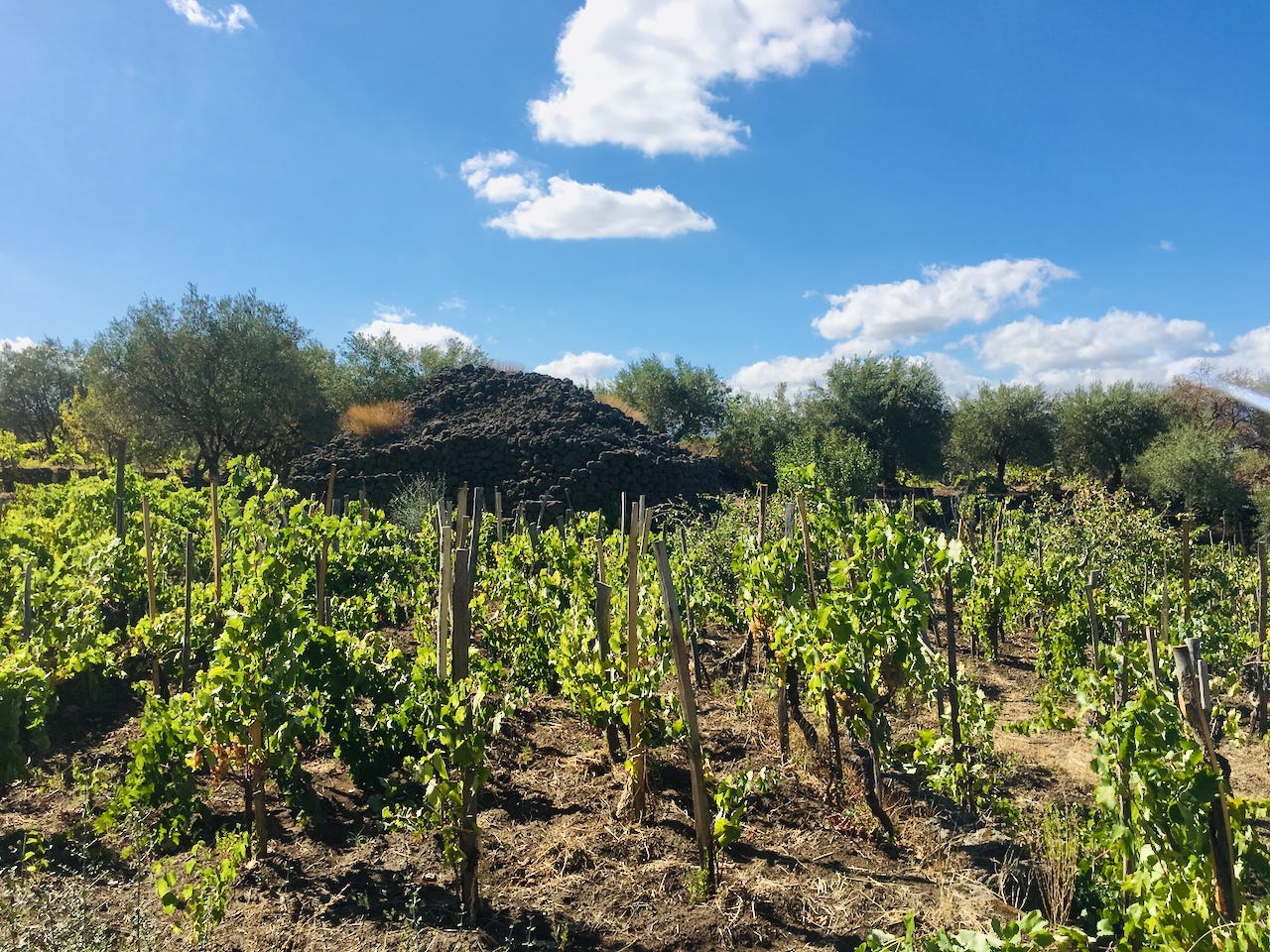
Pietradolce Etna Rosato 2024
Earlier this month I effused about the wines of Pietradolce, recommending their entry-level Etna Rosso. I admire the wines and the mindset and wish I could afford their contrada bottlings on the regular. This is the only pink they make, and, along with their Etna Rosso, is on rotation in my household, a reminder of sunny days visiting the volcano.
Etna—like the rest of Italy, honestly—isn’t known for pink wine. It’s a pity, because the structured red grapes native to the mountain make an enchanting, savory rosato. Etna Rosato DOC must be at least 80 percent Nerello Mascalese with the balance made up of Nerello Cappuccio or Cappuccio mixed with other Sicilian grapes. According to Benjamin North Spencer, an Etna winemaker and the author of The New Wines of Mount Etna, the wine is usually direct-pressed, but makers might alternatively de-stem and let the berries macerate, sans oxygen, for up to 48 hours before drawing off juice for fermentation.
Pietradolce makes their Etna Rosato from 100 percent Nerello Mascalese, grown at 2,000 feet of elevation on the north slope and pressed and vinified in stainless steel. Salmon colored and fragrant of spearmint and peach, it has flavors of apricot muddled with dried strawberry. It has a mouthwatering midsection, the acidity serene but structured, and the finish feels limitless. It is a luscious rosé with great composure: charming but not unserious, fruity but also muscular, refreshing but lingeringly delicious.
13% ABV | About $34; imported by Empson Inc.
Spring Mountain throwdown, 2018 edition
I sometimes hold onto wine samples until I think they’re ready to drink. This drives publicists bonkers, but it’s a often question of “Too young” now versus “Terrific” five years later. (Although given the media cycle, publicists might still prefer the former.)
Opening a California Cabernet on release is infanticide, because the bottles leave the winery at the direction of the accountant, not the winemaker. The sales sheet might advise buyers to “drink now or hold for N years,” but N is often a vast understatement of the timeline along which the wine comes into itself. Well made California Cabernet can age gracefully for decades (read my tasting report on a special flight of vintages from 1974 to 2013), but even just five years of cellaring can offer glimmers of the wine’s trajectory and reveal truths about both vintage and vintner. Those notes help buyers assess whether to purchase the current release and if so, how long to hold it, and may even encourage them to acquire back vintages.
I recently opened two Napa Cabs from the Spring Mountain District, situated in the Mayacamas range just west of (and above) St. Helena. Both are the 2018 vintage, and I’d held onto them for a few years to see what they could do.
Meadowcroft Wines Cabernet Sauvignon Spring Mountain District Napa Valley 2018
Meadowcroft purchased the grapes for this bottling from a vineyard on the eastern slope of the range. They produced just this one vintage of the wine, only about 200 cases (so, yeah—my aging strategy did not pan out for buyers this time). It’s 100 percent Cabernet and looks more youthful than I expected, an opaque ruby color with a pale pink rim. It smells more youthful, too, suggesting red and black raspberry with only a touch of tawny oxidation. But on the palate the wine turns feral, darkening into hide or leather, something animal, with firm tannins and more oxidation. Strangely, the core of fruit feels almost candied, too concentrated. So, is this bottle too young, ready now, or over the hill? Yes, and no. The state of its structural elements suggests it could age for a couple more years, but by then the wine might have lost all freshness and levity, faded like last week’s flower arrangement. So, drink now (or last year) if you happen to have a bottle in your stash.
14.5% ABV | $125 on release (sample)
Smith-Madrone Cabernet Sauvignon Spring Mountain District Napa Valley 2018
This wine is not varietal but a blend of 86.5 percent Cabernet Sauvignon, 7.5 percent Cabernet Franc, and 6 percent Merlot, all sourced from Smith-Madrone’s dry-farmed estate vineyard. One thousand cases were made. The robe is deep cherry with the faintest shimmer of auburn, and the perfume is intense, a potent mélange of juniper, pine, black fruits, red fruits. These themes continue in flavors of cherry and fennel with a velvety layer of soy-umami. The texture is like corduroy (I wrote “pettable”), and the acidity lavish and shimmery. In the finish there’s a flare of mint before the wine fades into savory darkness. This was truly an outstanding wine experience and, given the price of well-made Napa Cab, a terrific value; the 2021 vintage (the current release) will set you back just $65. I’m so glad I waited.
14.5% ABV | $62 on release (sample)
All photos ©2025 Meg Maker. Some wines (indicated) were samples for review.



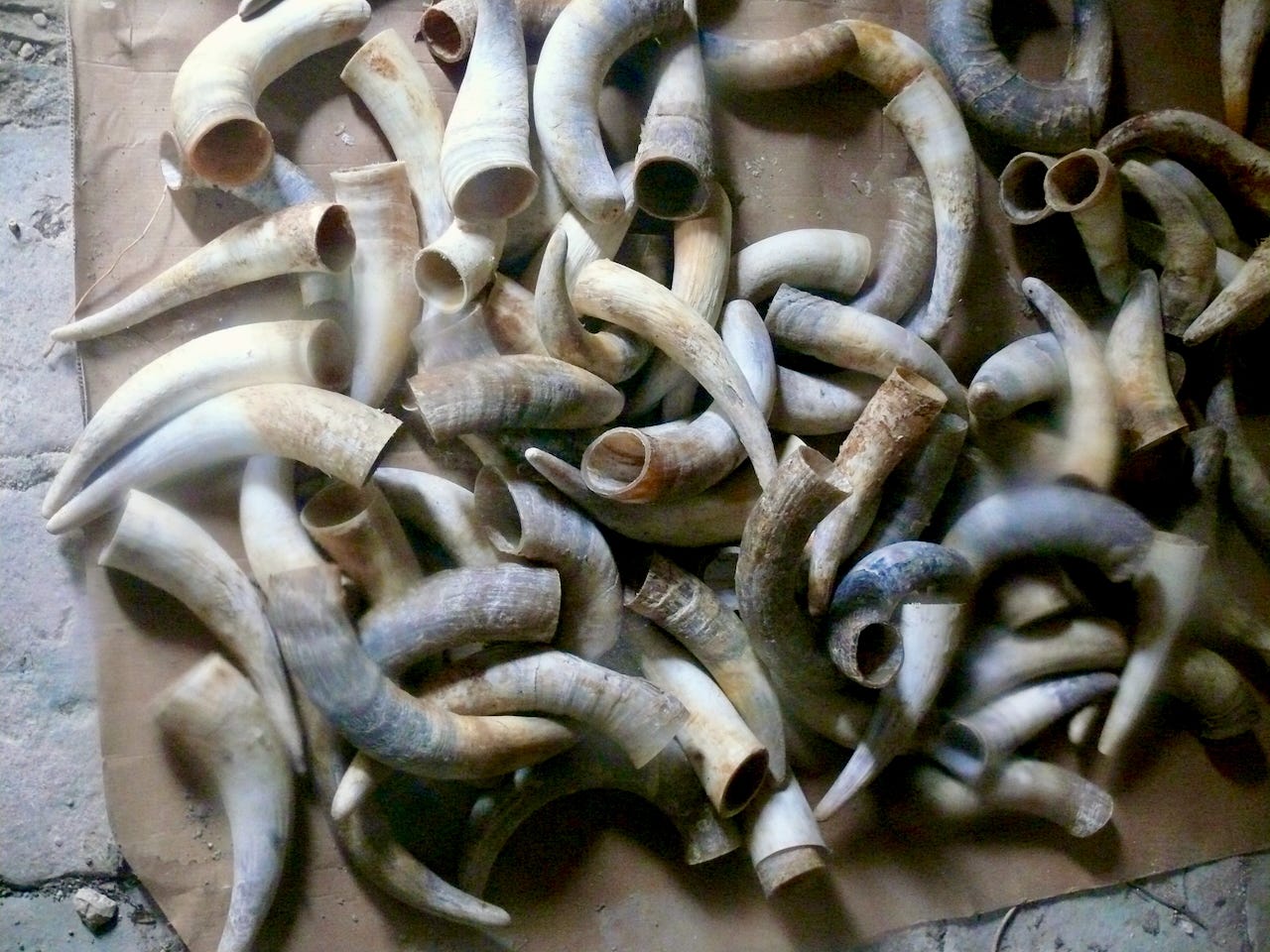
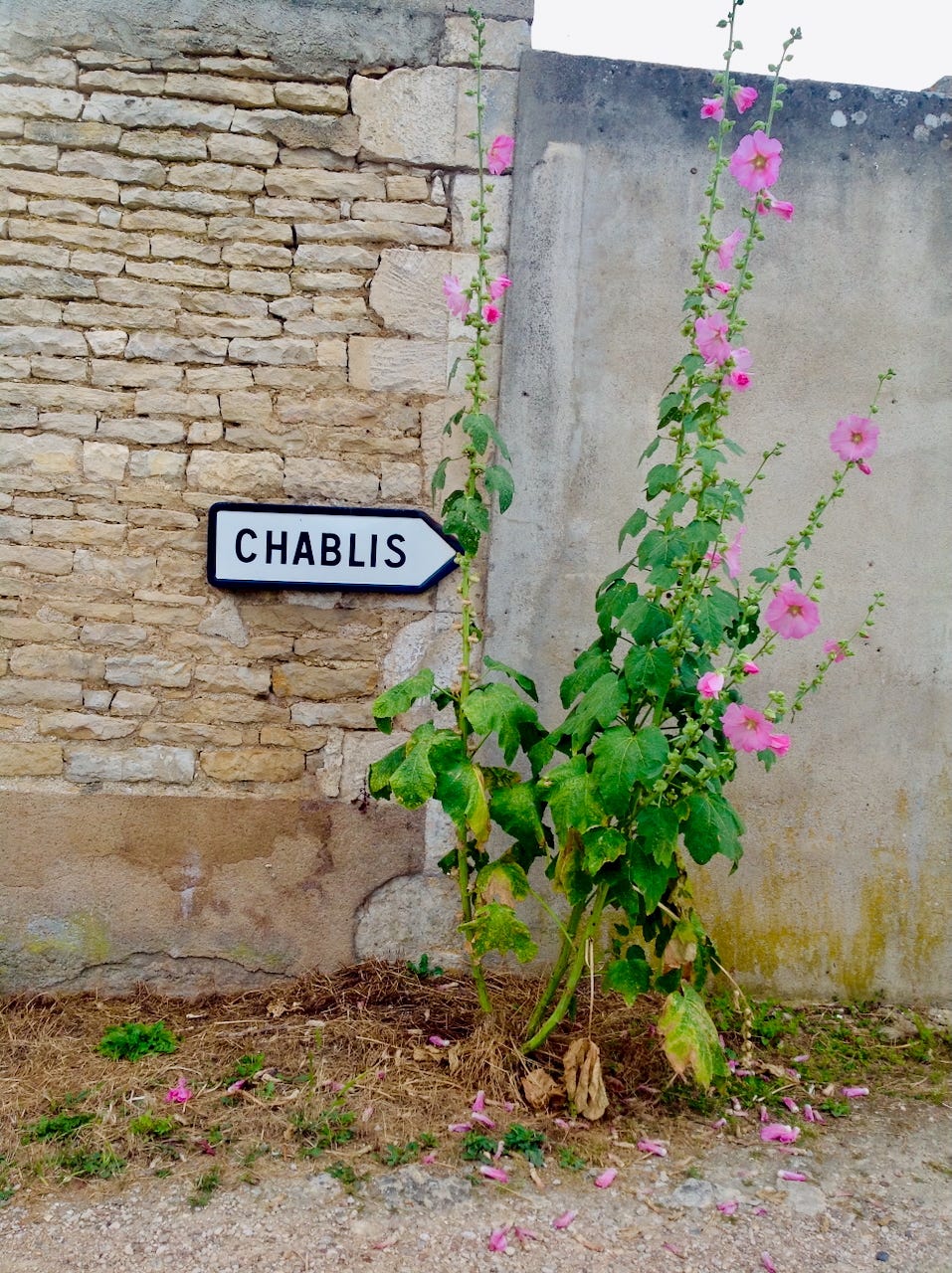
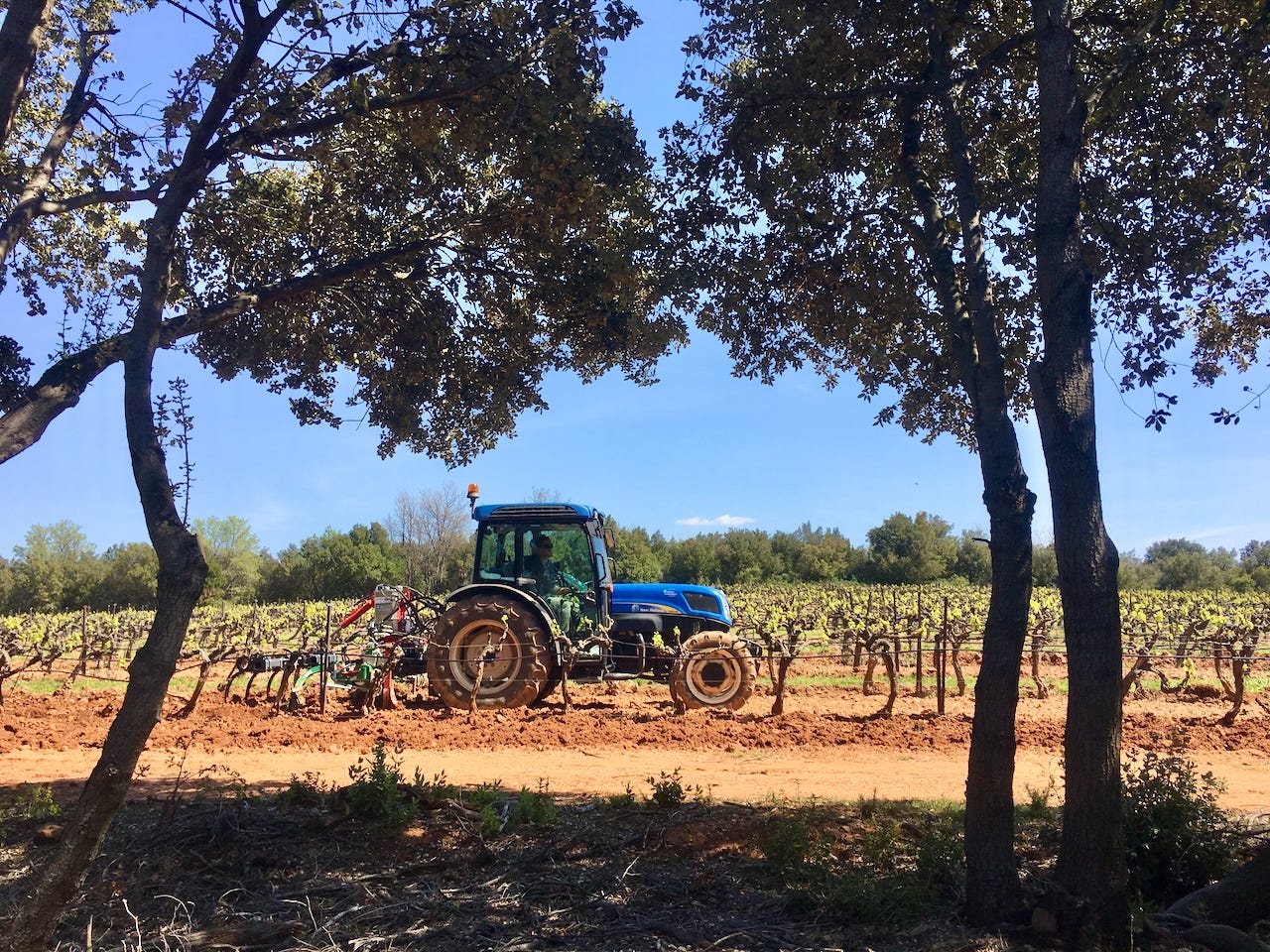
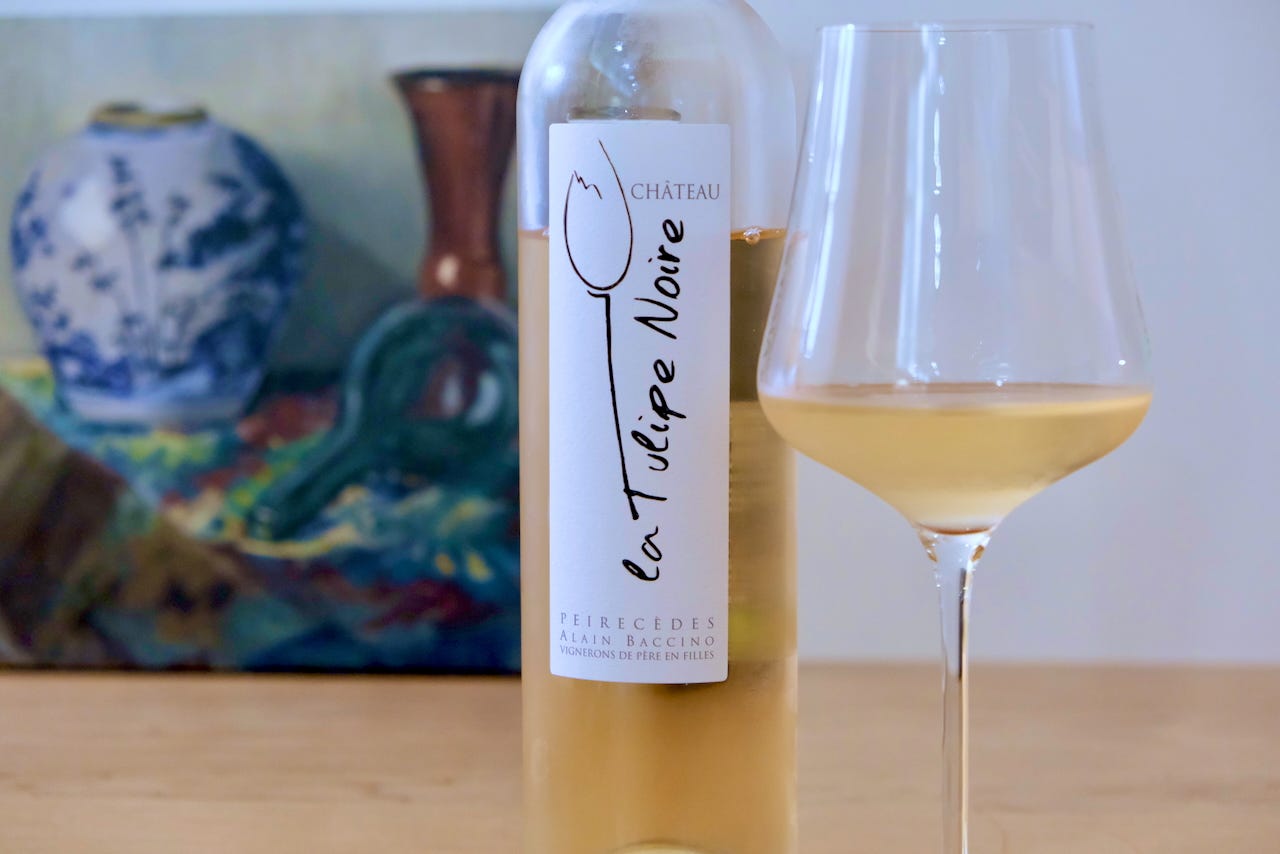
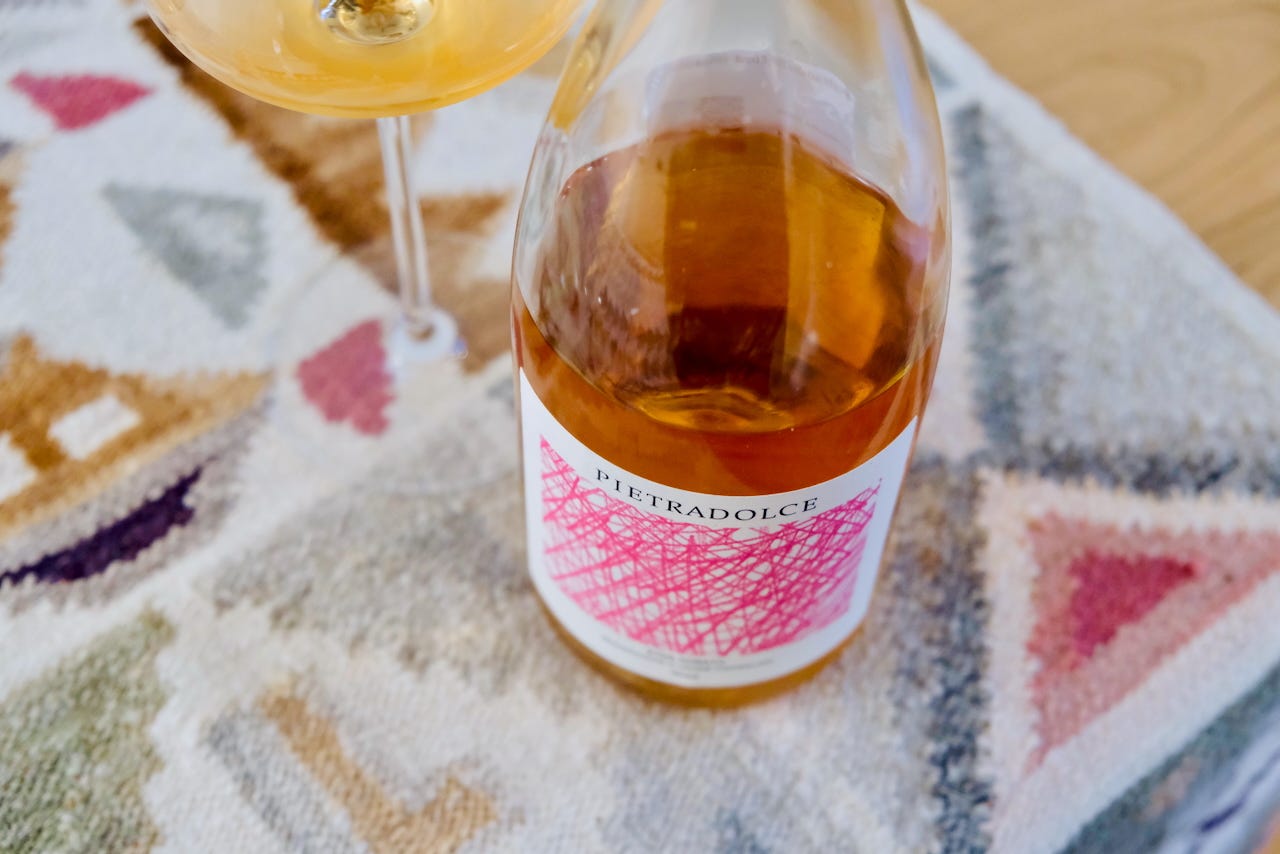
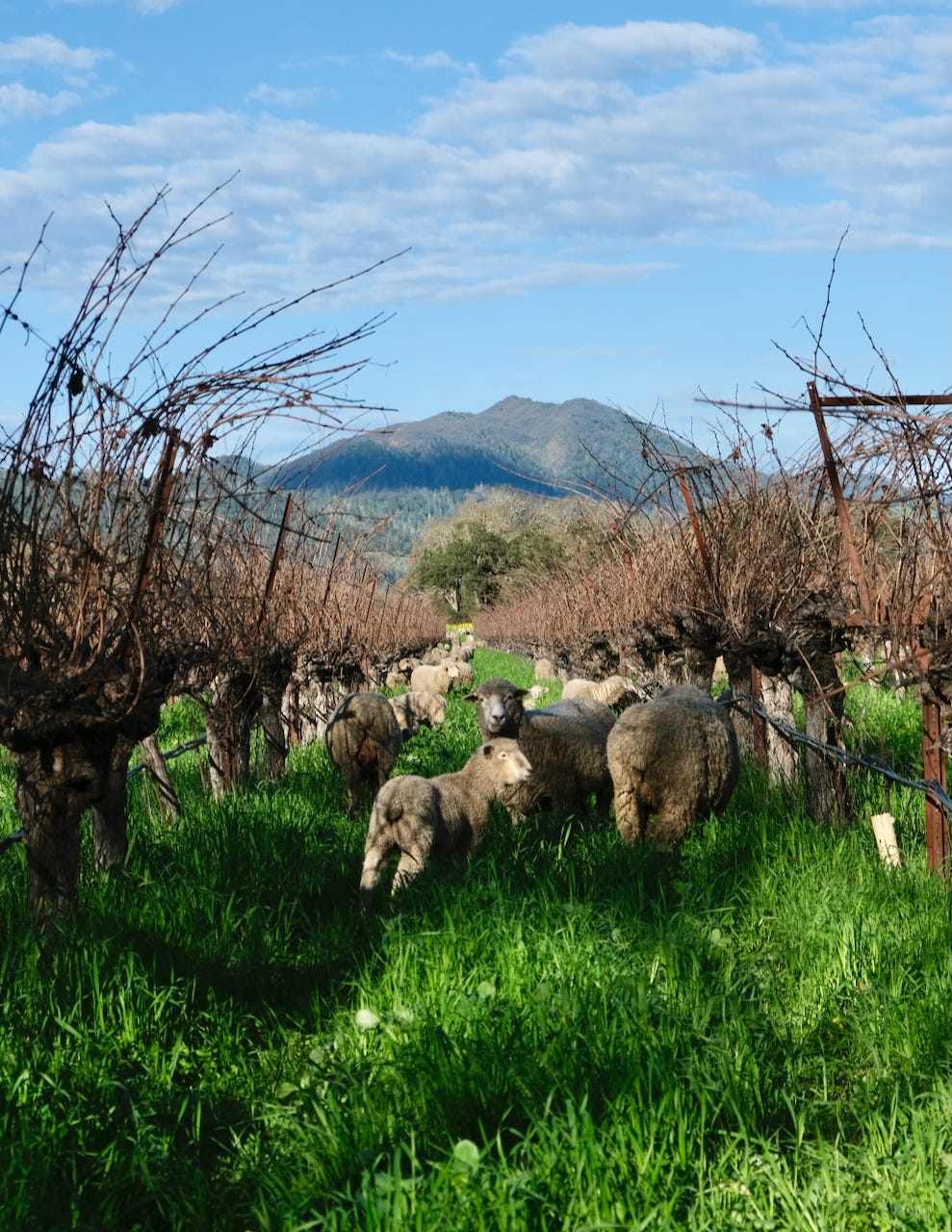
What a fun roundup of wines to review!
Nice to have a fellow professional wine critic who reviews older wines. We know the problem is the wines may no longer be easily available, so—at least in my case, and I think in yours, Meg—we are reviewing the winery, winemaker as much as the specific vintage. A positive review of a seven-year-old bottle informs what you may expect from a younger bottle you could find. There are plenty of reviewers tasting just-released wines—or even wines still in barrel. But wine evolves, and Gus Clemens on Wine and Maker's Table give perspectives on how a maker's efforts will fare when they are past their baby wine stage.